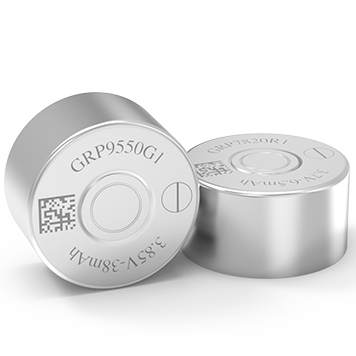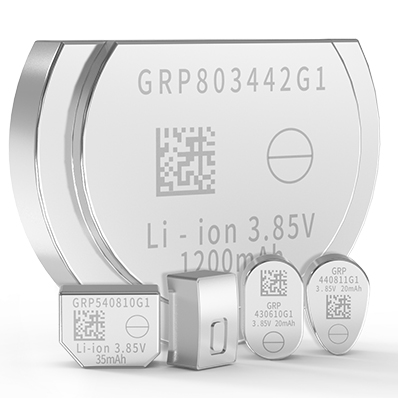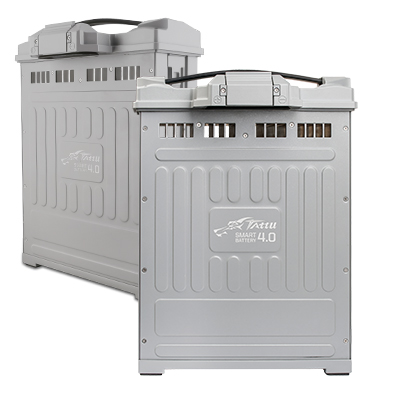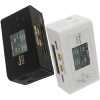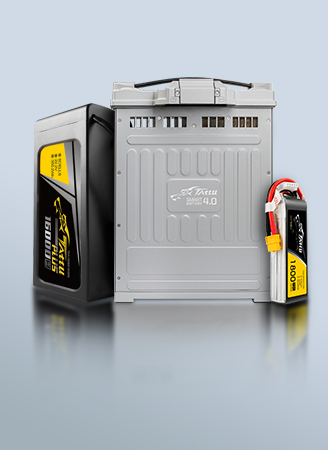UAV vs UAS: What’s the Difference?
Understanding the terminology around unmanned aviation is essential for professionals and enthusiasts alike. Two acronyms—UAV (Unmanned Aerial Vehicle) and UAS (Unmanned Aircraft System)—are often used interchangeably, but they carry distinct meanings and implications. This article provides a detailed exploration of UAVs and UASs, addressing their definitions, differences, and appropriate usage, while also clarifying related terms like sUAS and UAM.
What is an Unmanned Aircraft System (UAS)?
An UAS is the comprehensive system that enables the UAV to fly and perform its mission.The Federal Aviation Administration (FAA) defines a UAS as "an unmanned aircraft and the equipment necessary for the safe and efficient operation of that aircraft". Essentially, the UAS is the entire operational ecosystem. The UAS concept emphasizes that successful unmanned aviation requires much more than just the aircraft itself. It includes the human operators, technological infrastructure, and procedural frameworks necessary for safe and effective operations. A complete UAS includes several critical components:
●The UAV: The airborne vehicle, which can range from small consumer drones to large industrial craft.
●Ground Control Station (GCS): The equipment—hardware and software—used to control the UAV, monitor its flight, and plan missions.
●Communication Links: The data connections (e.g., radio, satellite) that enable commands to be sent to the UAV and data (like video or telemetry) to be received.
●Personnel: Pilots, visual observers, mission commanders, maintenance crews.
What is an Unmanned Aerial Vehicle (UAV)?
A UAV is the aircraft itself—the physical, flying machine without a human pilot on board. Often referred to as a "drone," the UAV is the most visible part of the equation. It houses the propulsion system, navigation technology, and the payload, which could be anything from a camera to a sophisticated sensor array. The term "drone" is often used as a synonym for UAV, but "drone" can also apply to unmanned vehicles on land or underwater, making UAV more specific to aerial craft.
Key characteristics include:
●No onboard pilot or crew
●Remote or autonomous control
●Vehicle-focused scope, without reference to supporting systems

UAV vs UAS: What’s the Difference?
The distinction between UAV and UAS lies in their scope:
●UAV (Unmanned Aerial Vehicle): Refers solely to the aircraft—a flying machine without a human pilot onboard. It can be controlled remotely or operate autonomously.
●UAS (Unmanned Aircraft System): Encompasses the UAV, the ground control station (GCS), and the communication links that connect them, forming a complete operational system.
In short, a UAV is the aircraft itself, while a UAS is the entire ecosystem required to fly and manage it. To illustrate this distinction: if you purchase a commercial drone for aerial photography, the physical aircraft you receive is the UAV. However, when you add the ground control station (your remote controller), the communication systems (radio links), the mobile app for flight planning, and your training as an operator, you have created a UAS.
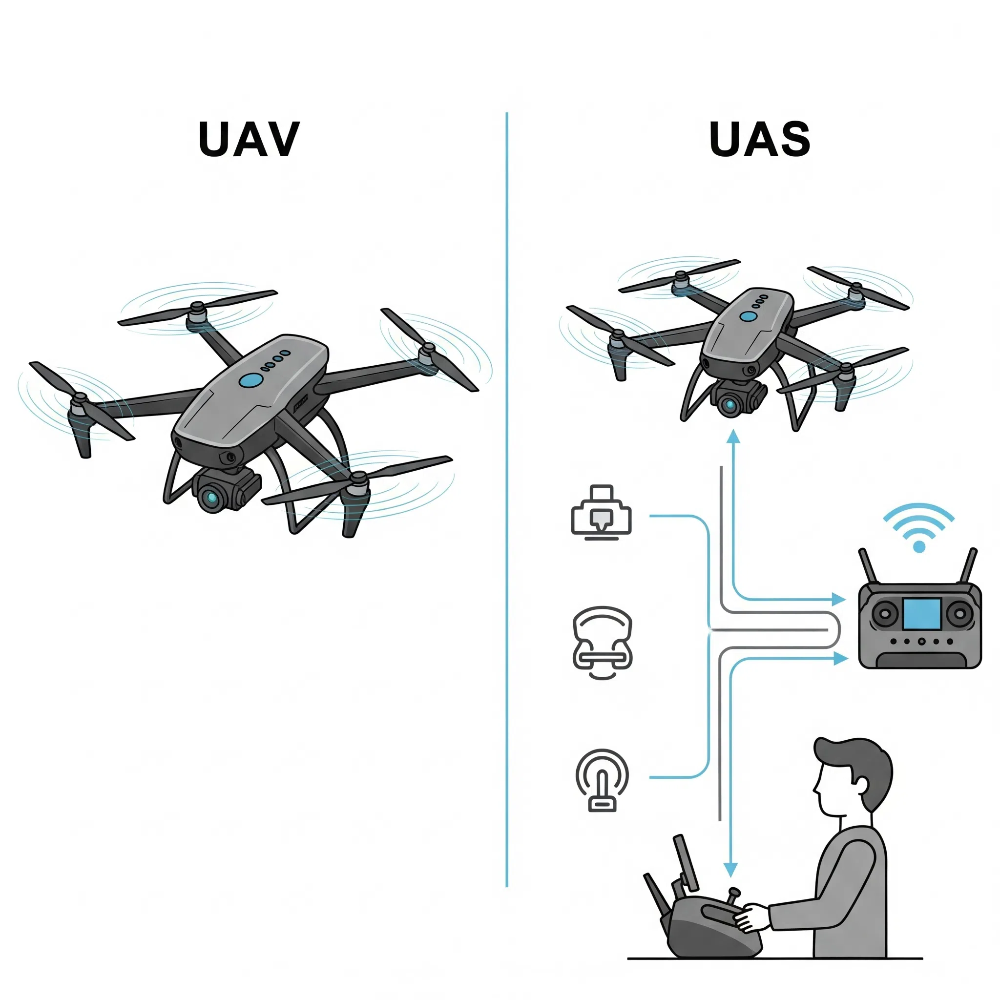
Are UAV and UAS Terms Interchangeable?
While UAV and UAS terms are frequently used interchangeably in casual conversation and media coverage, they are not technically synonymous.
●Colloquially/Casually: Yes, often. "Drone" is even more common but even less precise. People frequently say "UAV" when they technically mean the entire system (UAS).
●Technically & Precisely: No. As defined by major aviation authorities and industry bodies, they represent distinct concepts – the vehicle versus the integrated system. Using them interchangeably in technical, operational, or regulatory contexts leads to ambiguity and potential misunderstandings.Regulatory bodies like the Federal Aviation Administration (FAA) in the United States consistently use "UAS" in their documentation, rules, and public communications. This is because safety and operational regulations need to address the entire system, not just the aircraft.
Which Term is More Appropriate for Regulatory or Legal Discussions?
UAS (Unmanned Aircraft System) is overwhelmingly the preferred and more appropriate term in regulatory and legal contexts. Regulations govern the operation of the aircraft. This inherently involves the person controlling it (the remote pilot), the communication link, operational procedures, and safety management – all elements encompassed by the UAS concept. Regulating just the "vehicle" (UAV) is insufficient for ensuring safe and responsible integration into airspace.
What is the Difference Between sUAS and UAV?
●sUAS: Stands for Small Unmanned Aircraft System. This is a specific regulatory category defined primarily by the weight of the UAV component.
●FAA Definition (Part 107): A UAS where the UAV weighs less than 55 pounds (25 kg) including payload, at takeoff.
●EASA Definition (Open Category): Generally aligns with UAVs < 25 kg. Specific subcategories exist (A1, A2, A3) based on weight and risk.
●Focus: An sUAS is a specific category of UAS based on the weight of the UAV. The vast majority of commercially and recreationally used drones fall into this category.
●Key Difference: sUAS is a regulatory classification for an entire system meeting size criteria. UAV is simply the physical aircraft, regardless of its size or the regulations governing it.
What Is the Difference Between UAV and UAM?
UAV (Unmanned Aerial Vehicle): A vehicle without onboard crew, used for tasks from imaging to cargo transport.
●UAM (Urban Air Mobility): A transportation concept encompassing air taxis, cargo shuttles, and other VTOL/eVTOL vehicles—manned or unmanned—operating within urban environments to alleviate ground congestion
●Key Difference: UAV is a specific type of aircraft. UAM is a vision for an integrated urban transportation system that will utilize advanced UAVs (particularly eVTOLs) alongside new infrastructure, regulations, and business models. UAM represents the application and integration of UAV technology (and potentially other aerial vehicles) into the urban fabric.
Conclusion
The difference between UAV and UAS is more than semantic—it reflects the complexity of unmanned flight. A UAV is the aircraft, while a UAS is the full system enabling its operation. In casual use, the terms may overlap, but in regulatory, technical, or legal discussions, UAS is the go-to term. Understanding related concepts like sUAS (small UAS) and UAM (urban air mobility) further enriches this picture, highlighting the diverse roles of unmanned aviation. As a world-leading lipo battery manufacturer, Grepow's sub-brand, Tattu, delivers a comprehensive range of UAV battery solutions. From consumer FPVs to commercial-grade drones, Tattu is the premier choice for top drone companies globally. If you have any questions or needs, please feel free to contact us at info@grepow.com.
Related Articles
-

Powering Aerial Artistry: Grepow Battery Solutions Behind Drone Light Shows
2025-10-27 -

Vatican Drone Show: Where Technology Meets Faith
2025-09-15 -
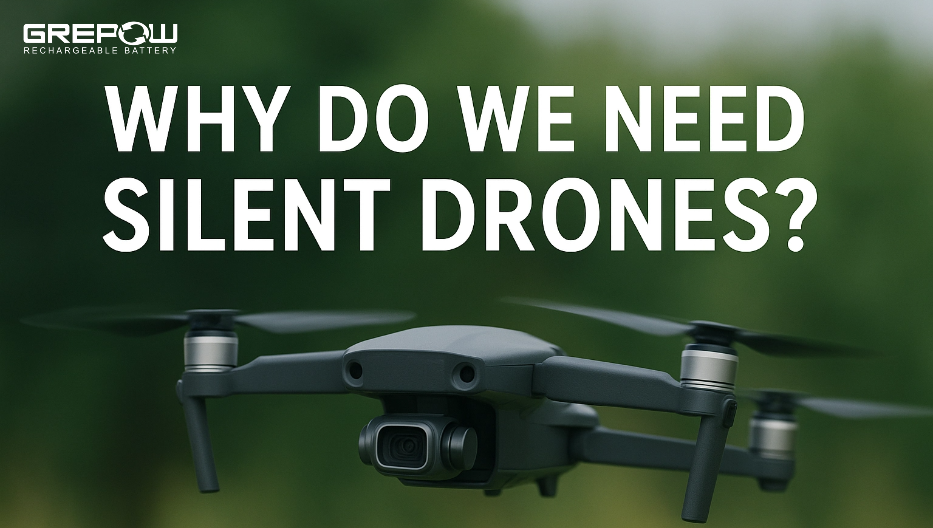
Why Do We Need Silent Drones?
2025-09-02
Related products
-

Tattu 12S LiPo Drone Battery Series
-
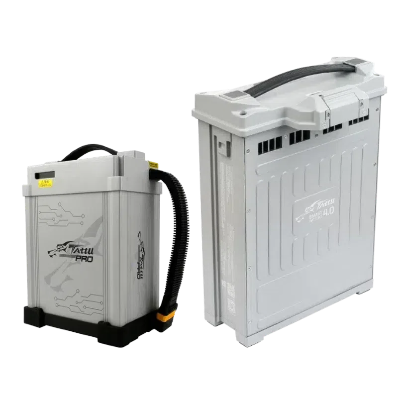
Tattu Agricultural Drone Battery
-

Tattu 6S LiPo Drone Battery Series




